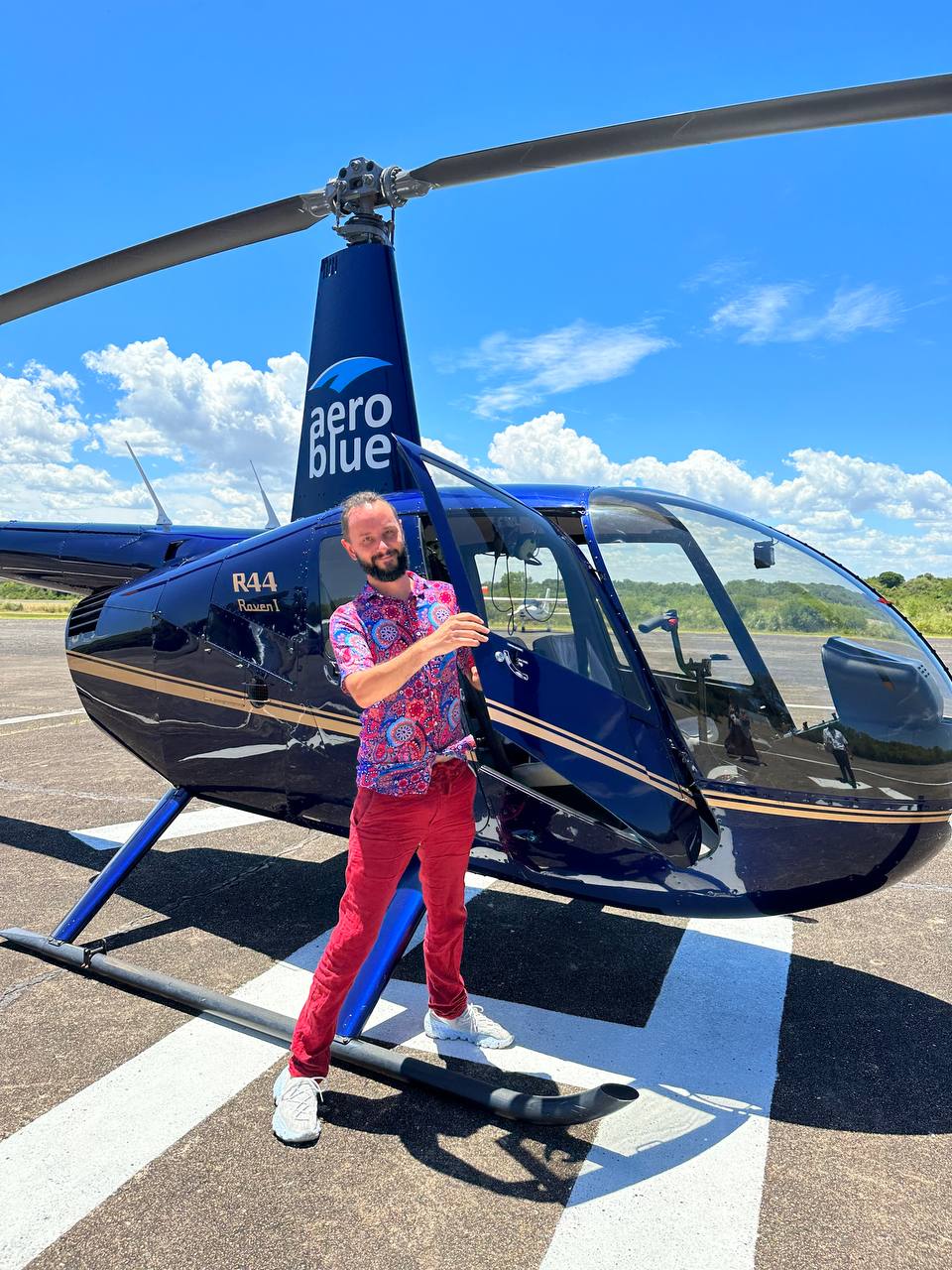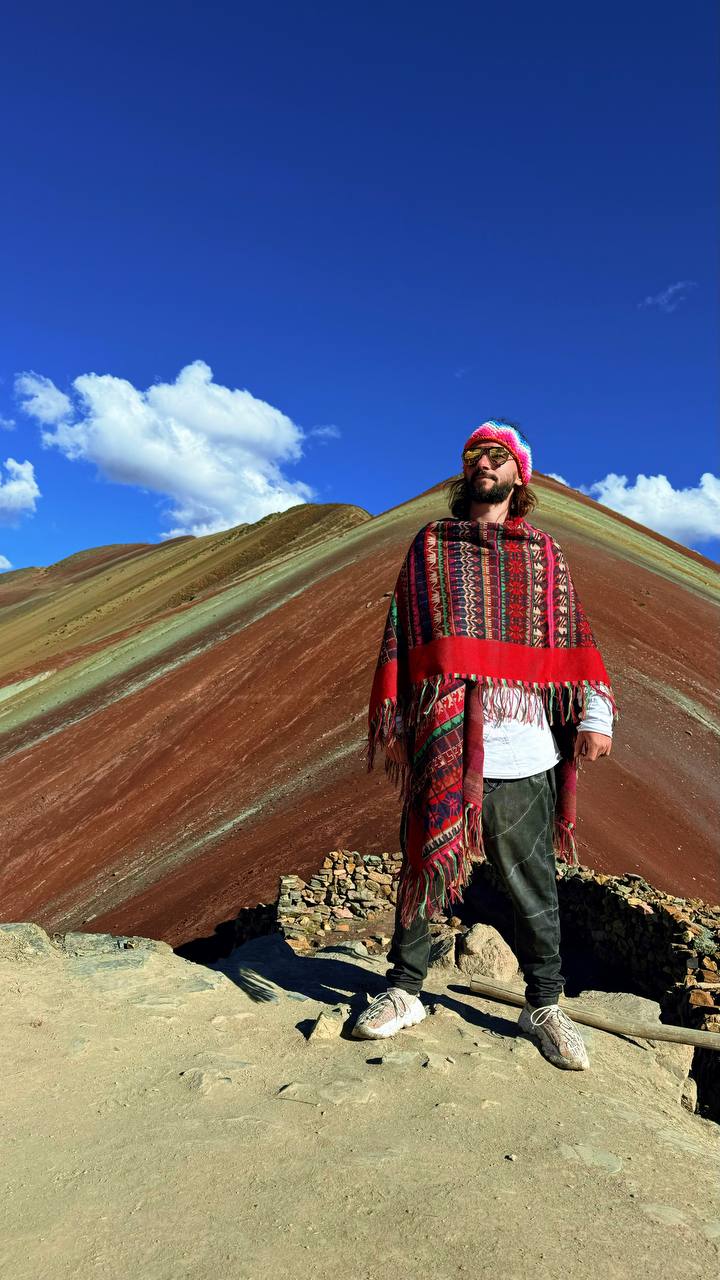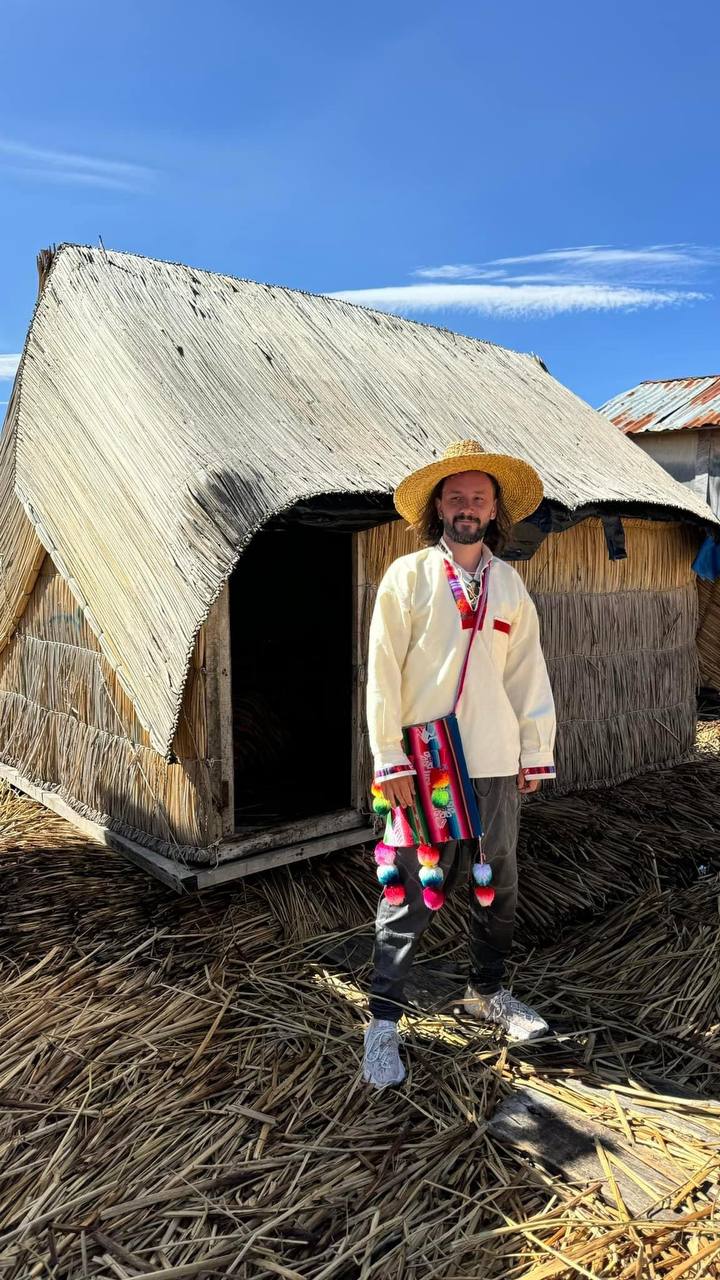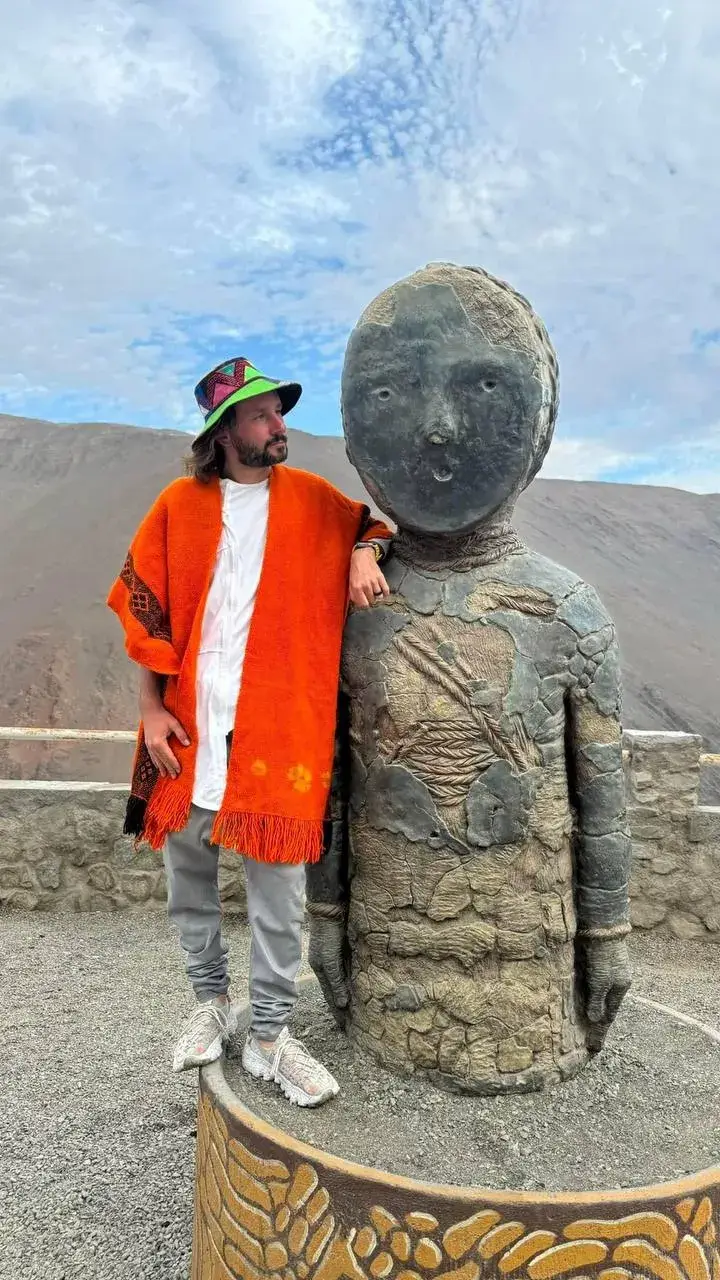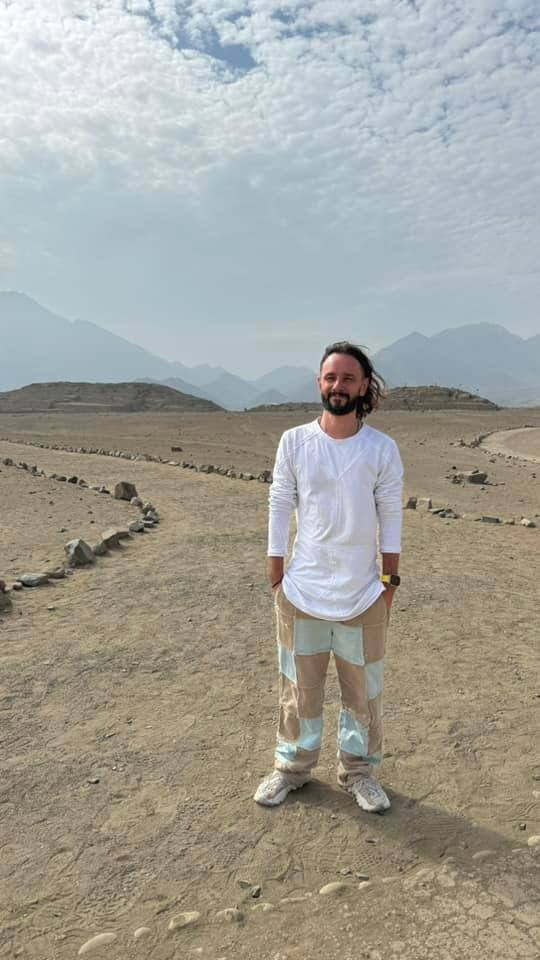🚁 Helicopter Tour Rankings: The Best and Worst Routes in South America
I have a deep love for flying, and whenever there's an opportunity to witness breathtaking sights from above, I seize it. Here's my personal ranking of helicopter tours across South America:
🤮 Chile: Nazca Lines – 4/10
School textbooks claim that the geoglyphs in the desert are only visible from the air. That's a lie! There are metal towers along the highway where you can see everything perfectly. Tourists are taken over the desert in a shaky small plane, the views are monotonous, and it's nauseating. Not recommended.
😎 Brazil: Rio de Janeiro – 10/10
The most beautiful helicopter tour on the continent! Ocean, beaches, an impressive city on hills, and the statue of Christ overlooking the city. At the same time, it's the most carefree airport security system. Bags aren't checked, and no one even asked for documents. Apparently, the aura of the city's saint protects everyone.
😁 Brazil: Iguazu Falls – 8/10
The most powerful waterfall system in the world. The most famous part is the "Devil's Throat," a circular area surrounded by waterfalls on 270 degrees. It's powerful and beautiful: the helicopter flies right up to the Throat! I deducted two points because from below, on a boat, you can go into the waterfall itself, and that's much more impressive!
😎 Argentina: Martín García Island – 9/10
An island where a former president was exiled, located on the border with Uruguay. An ideal location for a date: a beautiful flight over the delta of the La Plata River, interesting island architecture, lunch in a small authentic restaurant, and crocodiles on the promenade.
😁 Argentina: Buenos Aires – 8/10
It's just very pleasant to fly over your city and examine your favorite places.
🥲 Peru: Machu Picchu – 0/10
A place where there's no helipad, but it would be great if there were! The ancient Inca temple is protected on all sides by high Andes mountains, and you can only get there by train. But a flight would be much more beautiful!
